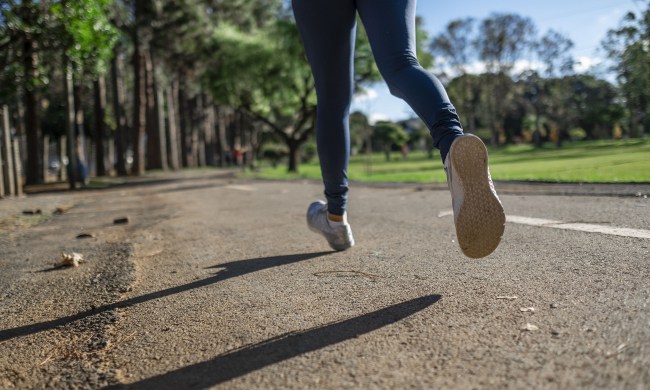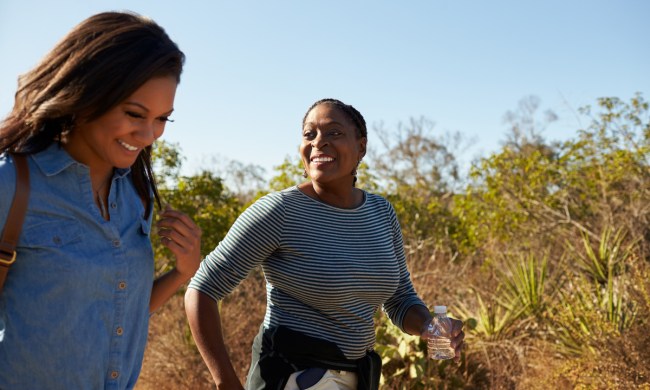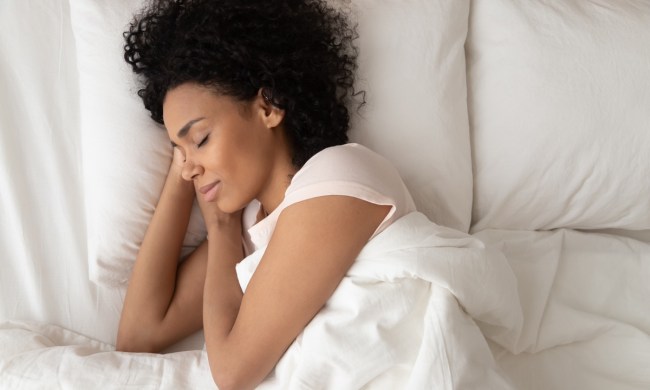As the pandemic took hold last year, video calls became a mainstay of work and social life. Activities that were typically “in person” — everything from meetings to doctor’s visits to chatting with family and friends — 3 adorable virtual date ideas for new relationships As life via video became part of the new normal, it turned out many of us weren’t focusing on those we were talking to but instead were “zooming” in on our own appearance and not necessarily liking what we saw looking back.
“Zoom dysmorphia” is a new phenomenon that, according to a recent study, has dermatologists across the U.S. seeing an increase in patients seeking cosmetic procedures because of dissatisfaction with how they look on video calls. While you might think derms would be happy with the increase in business, experts say the Catch-22 is that the images we see of ourselves on Zoom and other video conferencing platforms aren’t an accurate reflection of how we appear in “real life,” meaning patients might not need the extent of cosmetic corrections they think they do, if any at all.
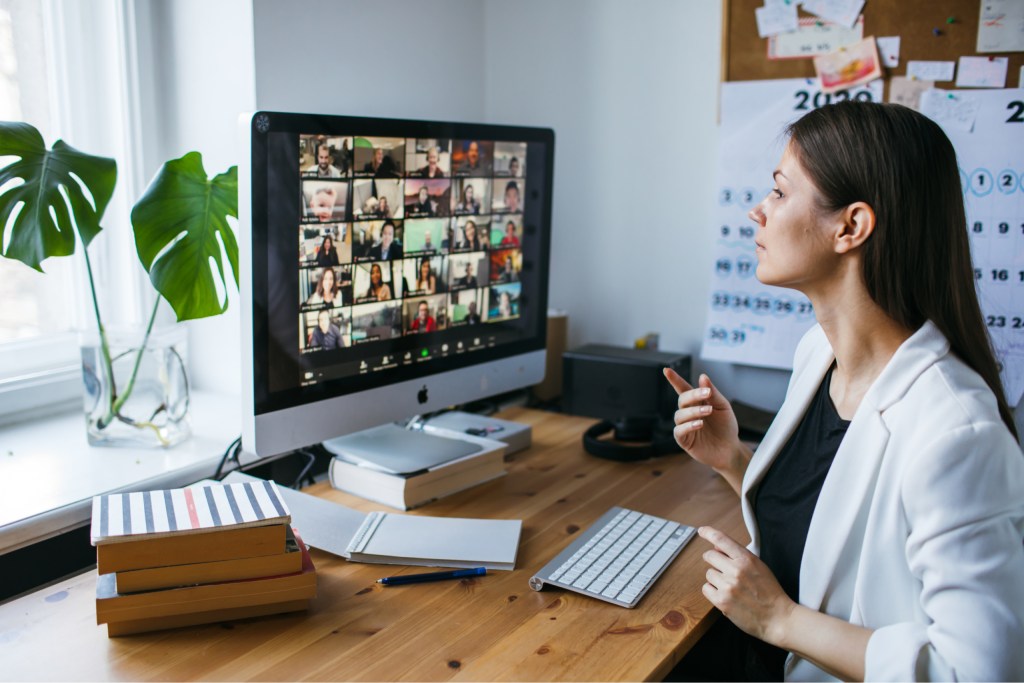
What is Zoom dysmorphia?
“Zoom dysmorphia is a negatively altered perception of one’s appearance due to prolonged exposure to one’s distorted appearance in video conferencing,” says Dr. Arianne Shadi Kourosh, board-certified dermatologist and director of community health for the Department of Dermatology at Massachusetts General Hospital and an assistant professor at Harvard Medical School.
Kourosh is senior author of the 2021 study “Zooming into cosmetic procedures during the COVID-19 pandemic: The provider’s perspective,” which appeared in the International Journal of Women’s Dermatology. The survey study of over 100 board-certified dermatologists across the country found that more than 50% of those surveyed reported an increase in cosmetic consultations within their practices despite the state of the pandemic, and 86% reported patients referencing video-conferencing as a reason for their new cosmetic concerns. More than 82% of the physicians had marked their patients as somewhat more or significantly more unhappy with their appearances since using video calls during the pandemic.
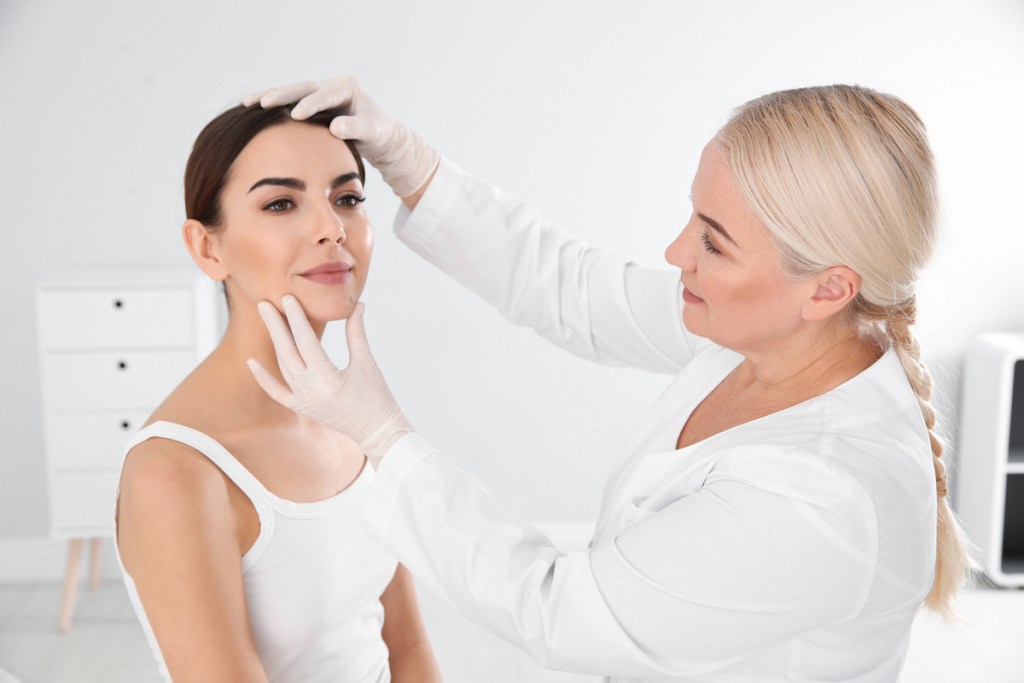
Kourosh says the idea for the study started after she and her colleagues noticed a surprising uptick in patients coming in for minimally invasive procedures when clinics reopened last summer after closing in the spring when the pandemic hit. The results confirmed what Kourosh and her colleagues were personally experiencing.
“The study found that consults were up and, of those patients seeking consults, the overwhelming majority cited not liking how they appeared on video conferencing as one of the reasons,” says Kourosh, also the director of the Center for Laser Surgery and Aesthetics at Brown Dermatology in Rhode Island. “That’s when we realized this is a trend and phenomenon and not just something we are noticing. It’s happening nationwide.”
Providers reported patients as having the most dissatisfaction with the forehead/glabellar (the area between the eyebrows) regions and periocular (surrounding the eye) areas. Seventy-seven percent of providers reported patients expressing cosmetic concerns about upper-face wrinkles, while 64.4% reported concerns for dark circles under the eyes, 53% for facial dark spots, and 50% for neck sagging. The most requested procedures were neuromodulators such as Botox, injectable dermal fillers, and selected laser treatments.
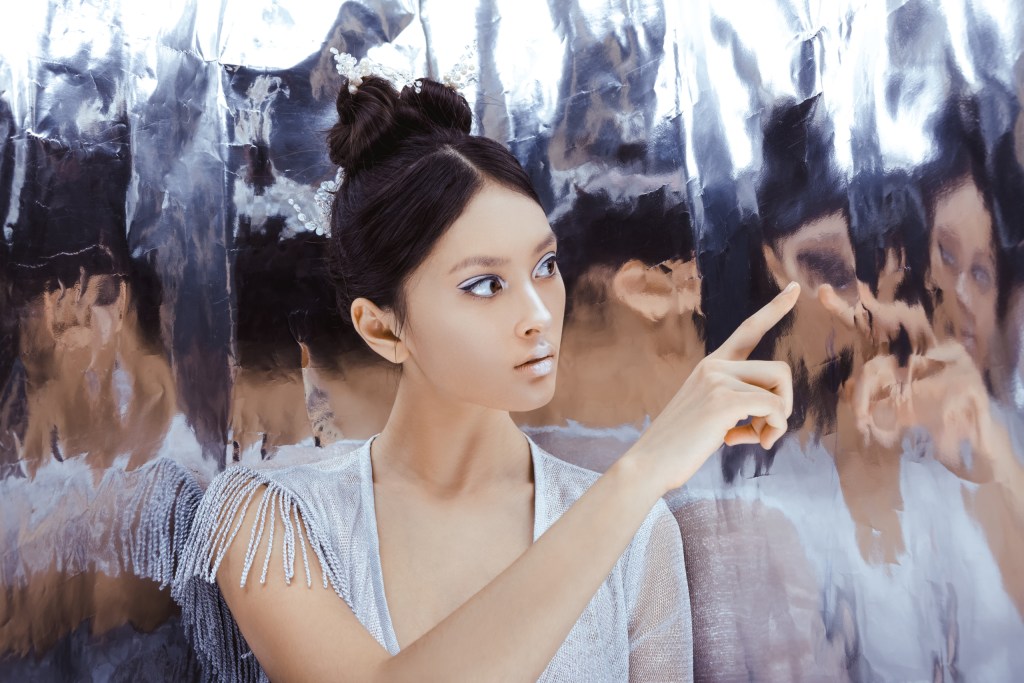
More like a circus mirror than a true reflection
According to Kourosh, one of the biggest concerns with patients seeking procedures due to their Zoom appearance is that the way we appear on video calls — often taking place at bad angles with unflattering lighting — is not a true reflection of how others see us.
“The closer you are to the screen, the more severe the distortion is,” she says. “Selfie sticks were invented because if you hold the camera far away, you look better.”
Camera angles can make a difference, too. We’ve probably all seen someone during a Zoom call whose camera is at the “Frankenstein” angle — a shot often used in horror movies where the camera is placed well below the face to make figures look more menacing.
“Traditional photos are taken at eye level or slightly above. We tend to hold our phones lower, which could be why people being sensitive about the appearance of their necks came up in the survey,” adds Kourosh.
A 2018 study found that a portrait taken from one foot away increases perceived nose size by approximately 30% compared to an image taken five feet away. A 2016 study found that the shorter focal lengths used by webcams result in the appearance of wider set eyes, a broader nose, and a taller forehead.
Kourosh says this “circus mirror” effect means Zoom dysmorphia is really the antithesis to Snapchat dysmorphia, where patients come in with unrealistic goals for how they want to improve or change their appearances, often in unrealistic ways, based on altered or filtered photos of themselves or celebrities.
“The interesting difference is with Snapchat, patients are aware to some degree they are altering their appearance. With Zoom, they are unaware in most cases of how the technology is altering their images,” she says.
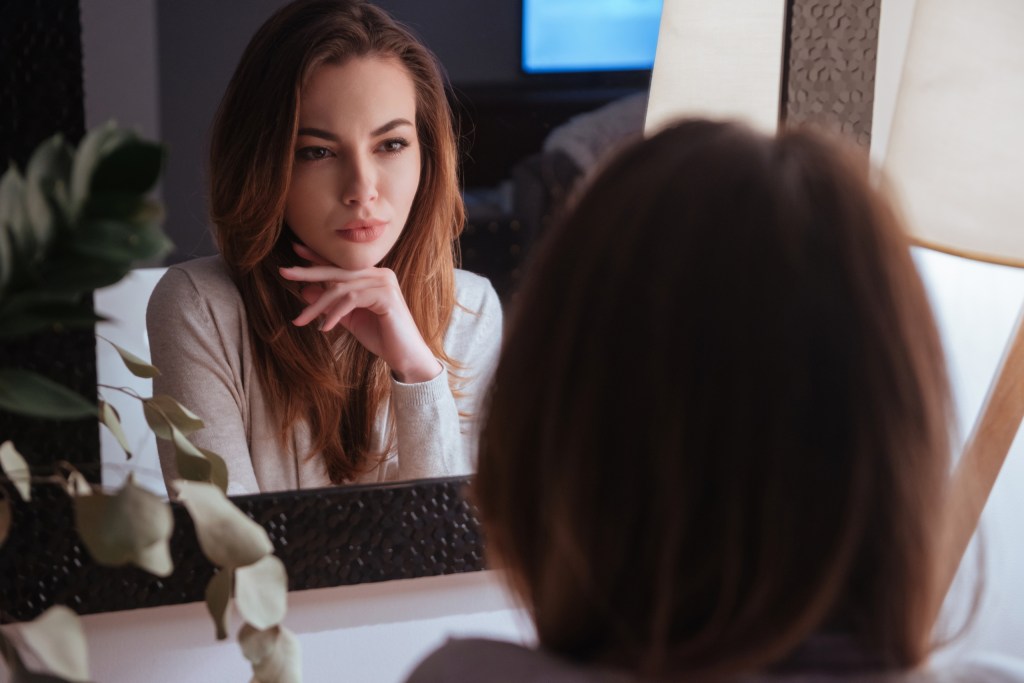
How Zoom dysmorphia is different from body dysmorphia
In addition to lending itself to facial distortion, the nature of Zoom calls themselves, where we can literally spend hours looking at our own image, is not something that was normal to most of us prior to the pandemic. Spending so much time on Zoom means we’re spending unusual amounts of time scrutinizing our own appearances, says Kourosh. “We are looking at our own image when [we used to be] looking at other people,” she says. “And, the side-by-side effect on screen, where you’re looking at others next to you, also invites self-comparison.”
“Staring at our own face in the mirror is not something we generally like to do,” says Marybeth Evans, a licensed clinical social worker with the OSF Medical Group who sees patients at OSF HealthCare Little Company of Mary Medical Center in Evergreen Park, Ill. She adds that men experience unhappiness with their Zoom appearance as much as women do and that her older clients typically don’t like to partake in video calls.
Kourosh cautions that even though she and her fellow researchers use the term “Zoom dysmorphia,” that doesn’t mean they are diagnosing patients who experience it with body dysmorphic disorder, or BDD, a serious condition marked by a distressing and debilitating preoccupation with imagined or slight defects in appearance, which needs to be assessed by a mental health professional.
“We coined the term ‘Zoom dysmorphia’ to identify and raise awareness of the phenomenon and its impact on mental health and self-perception,” says Kourosh. “We wanted to raise awareness with aesthetic medical professionals that this is some form of dysmorphia, if not full-blown BDD.”
Evans says BDD is a subset of obsessive-compulsive disorder that typically starts in adolescence, and it’s highly unlikely those without it would develop it as a result of Zoom interactions. However, Zoom could certainly worsen what those with BDD experience, she adds. For example, they may refuse to participate in Zoom calls or the calls might enhance their perception of flaws, causing them to spend hours at a mirror obsessing over their appearance.
“One of the main aspects of BDD is a delusional aspect,” says Evans. “You have a small flaw you see as a huge flaw. You might spend a lot of time in the mirror and be fearful that others are looking at a flaw you think you see.”
Though vanity is often attributed to those who spend an inordinate amount of time looking at their own image, BDD is really about “anti-vanity,” Evans says.
“People feel so unattractive they become obsessed about it,” says Evans. “It’s not something they love about themselves; it’s something they hate about themselves.”
And, though those with BDD might seek cosmetic procedures, it won’t help, says Evans. “They are never happy with how they appear,” she adds.
In fact, Kourosh’s study cautioned providers that those preoccupied with real or imagined physical defects who seek cosmetic procedures to improve their perceived appearance are rarely satisfied with the results and end up in a cycle of self-dissatisfaction.
Instead of turning to cosmetic procedures, anyone with signs of BDD should seek help from a mental health professional who can prescribe medications and use behavioral therapies, such as learning to focus on others instead of themselves, to help, says Evans.
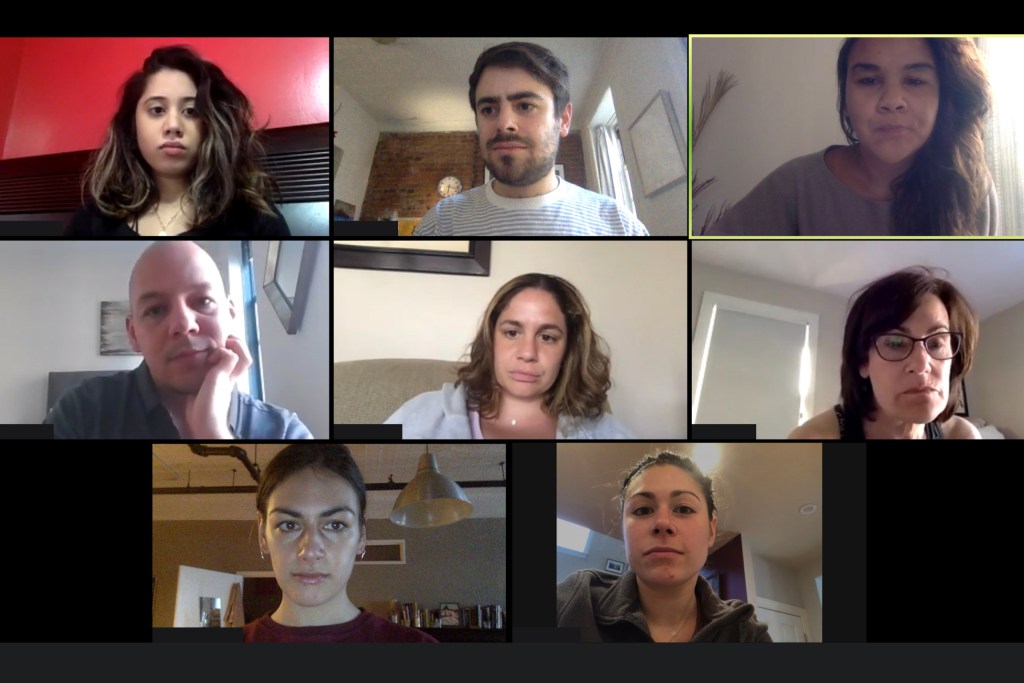
Are you looking at me? Probably not
Although the average person who is unhappy with their Zoom appearance probably doesn’t need to seek professional help, there are some ways to feel better about how you appear on video. “Realize that other people don’t necessarily see you as you see yourself,” says Evans. “You think they are all looking at your neck, but they’re probably looking at their own necks.”
Evans also suggests making your on-screen image smaller than those you are talking to (a trick she uses herself) or even investing in an inexpensive halo light designed for video calls.
“There are websites that show you how to use lighting or position the camera for those of us who want to look more presentable,” she says. “Zoom is probably something we will all have to get used to. It’s not going away. But remember, people aren’t paying as much attention to your appearance as they are to their own.”
Tips to look better on video calls
- Use the Zoom filter. Yes, Zoom actually has a built-in filter that softens the appearance. Who knew? Open Zoom, click on “Video Settings,” and you’ll see an option to check a box next to “Touch Up My Appearance.” It’s that easy.
- Light the call like a photo. Sure, you can buy one of the many halo lights designed for video streaming, but it might not be necessary if you have access to good natural lighting. Use lighting for video calls the way you would if taking a traditional photo. If you’re taking a photo, you want the light behind you, not the subject, because light behind the subject darkens them in the picture. If you sit in front of a window or lamp during a video call, you’ll get the same silhouette effect since the camera is actually facing the light. Instead, try facing a window and putting your device in front of you.
- Not too low, not too high. You don’t want to look down at the camera because you’ll get the aforementioned Frankenstein effect. However, you don’t want to place it too high either, advises photographer Larry Becker in his YouTube video “Be Your Best on Zoom (and Facebook Live).” Instead, place your device so the camera is at eye level. You might have to set it up on books or a box or sit up higher to accomplish this.
- Be teeny tiny. Try Evans’ trick of minimizing your on-screen image. It might not make you look better, but it will keep you from focusing on yourself instead of others.
Zoom meetings aren’t going away. Even after the pandemic ends, businesses have learned that virtual meetings are convenient for employees and clients. They’re also a great way to stay connected with friends and family who live far away. While you might not love your appearance on camera, there are ways you can minimize these anxieties — and it’s important to remember that what you see on screen is not a true reflection.
BlissMark provides information regarding health, wellness, and beauty. The information within this article is not intended to be medical advice. Before starting any diet or exercise routine, consult your physician. If you don’t have a primary care physician, the United States Health & Human Services department has a free online tool that can help you locate a clinic in your area. We are not medical professionals, have not verified or vetted any programs, and in no way intend our content to be anything more than informative and inspiring.

